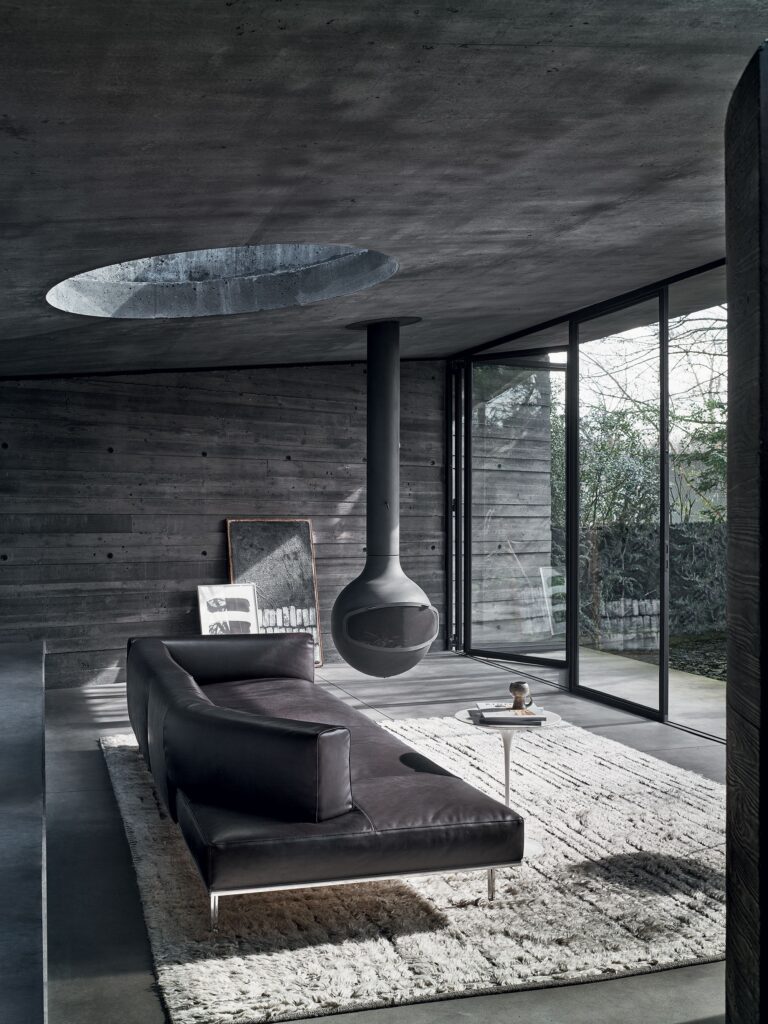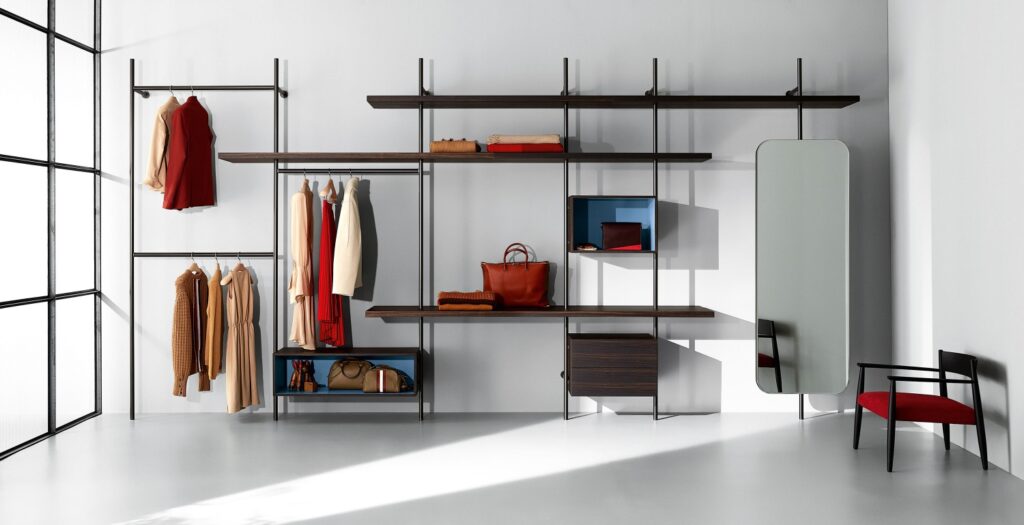Discover our e-shop and access a digital catalogue of over 40.000 design products.
Go to shop24 February 2021

The importance of the carefully designed house, contract spaces in dialogue with the community and advice to young designers
The importance of the carefully designed house, contract spaces in dialogue with the community and advice to young designers: Piero Lissoni opens the doors of his world to us through essential and precise words, well-measured and full of meaning. Characteristics that we find in his design style, devoid of frills but rich in elegance, functional and able to interpret the changes in the lifestyle and needs of those who live spaces: from the home to the nautical one, without forgetting public spaces .
With the Salone del Mobile in September, how will companies manage the presentation of the new collections?
As we know, the times of furnishing are not as fast as those of fashion, which is why many companies will need to make advances in the spring in order to be ready again for April 2022. Furthermore, since in September we cannot move freely yet, we it will be a great work of war, so we have to make people feel that the sector is present and join forces.


Before the pandemic, the hotel contract was experiencing a moment of intense activity, how is the situation now?
There have been some slowdowns on ongoing projects, but fortunately our customers have not changed their willingness to open hotels, even if a few months late, or the idea of the hotel project. However, I would like to clarify that as a design studio we have always looked at hotels not as specific spaces, ends in themselves, but as multifunctional creatures that have always dialogued with the community and that have become integral parts of the place where they arise. We are making small adjustments and adaptations following the pandemic, but I must say that the general approach, both ours and our customers, has not changed.

The restrictions on travel have forced us to live in proximity and, in a positive sense, to rediscover the neighborhood. Could this new awareness translate into a transformation of cities and residential construction?
Surely there may be some small changes, for example the projects of the “city of 15 minutes” on which many mayors are working on, from Paris to Milan, seem very interesting, a project that the pandemic has only accelerated and made an urgency. But I don’t think cities will be upset, as some colleagues hypothesize by proposing projects that are almost surreal and never feasible.
Regarding residences, what I hope is that this period has changed the list of priorities in people’s lives and that the house returns to have dignity, that people return to invest in their homes.

What are the specificities of designing a top-level nautical interior?
I believe that the specificity lies in the fact that the space inside a boat is rigidly constrained, much more than traditional architecture, the canons are taken to the extreme limit and it is not possible to go wrong even by a millimeter. As for the rest, in the interior projects I made in the nautical world, I simply transferred my architectural approach.
In terms of approach to the project, what is the difference (if any) between your generation and today’s young designers?
The feeling I have is that young designers, I am talking about the last two generations, work almost one shot, presenting projects for their own sake, without a true vision with technological, stylistic shifts and difficult languages to follow. Ours is a job that works when you have a deep collaboration and continuous dialogue with companies. Here, I have the impression that many young designers carry very well-designed but falsely finished projects, and too many shamelessly copy.

Of all the design projects you have signed, which one and why, in your opinion, is the one that the public has understood and loved the most?
It will surely be what I will do tomorrow.

